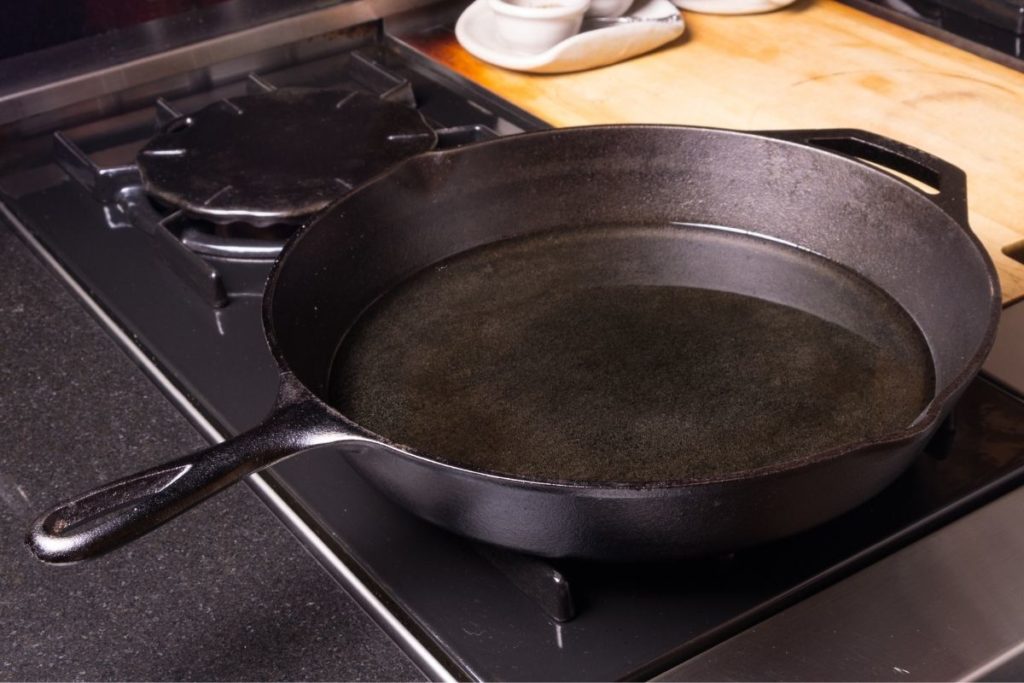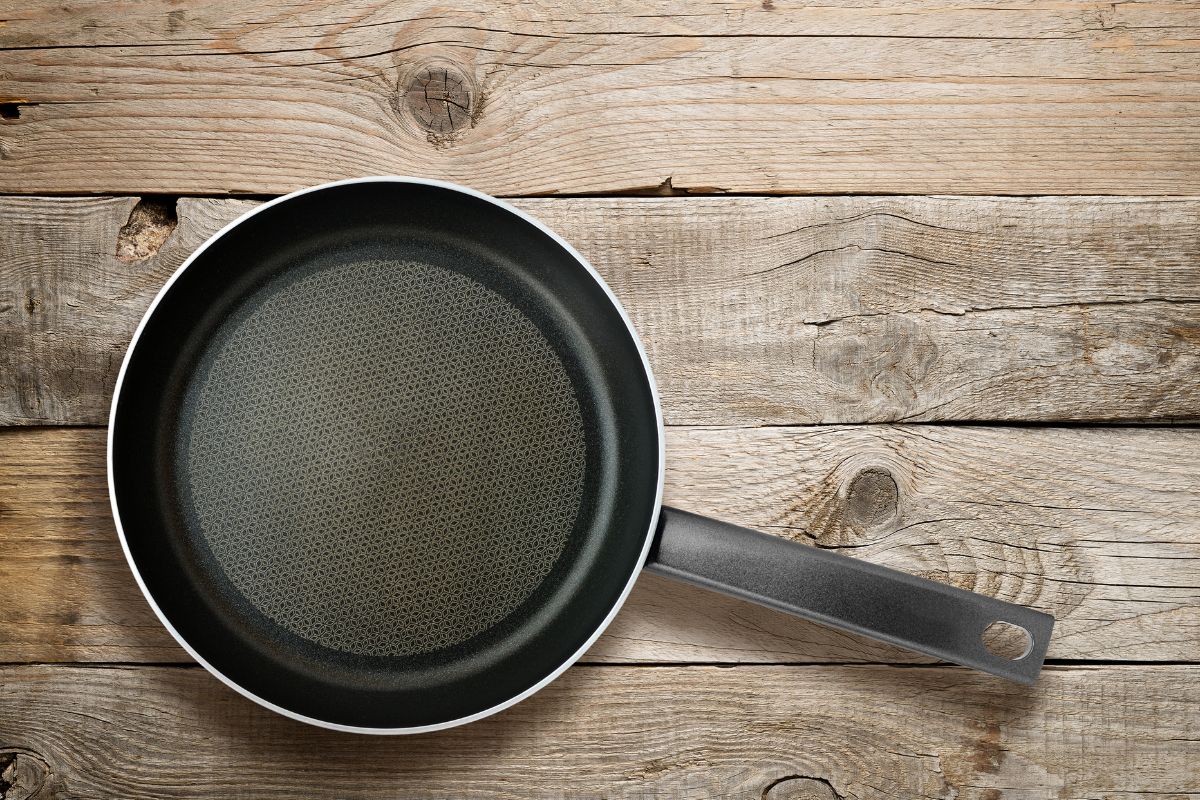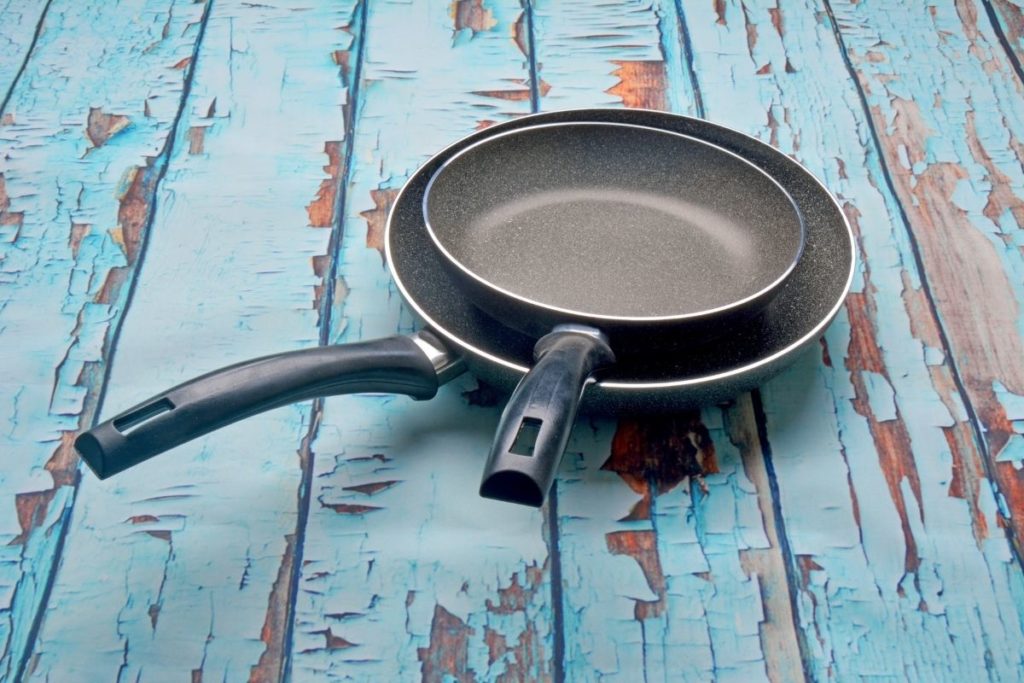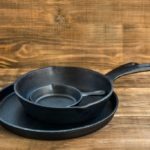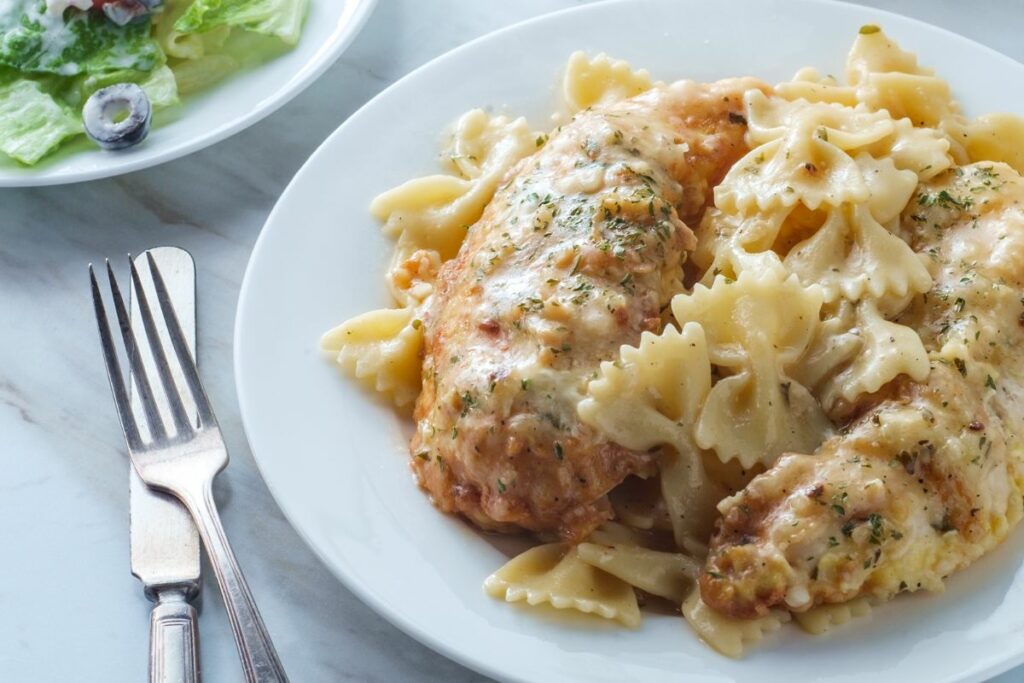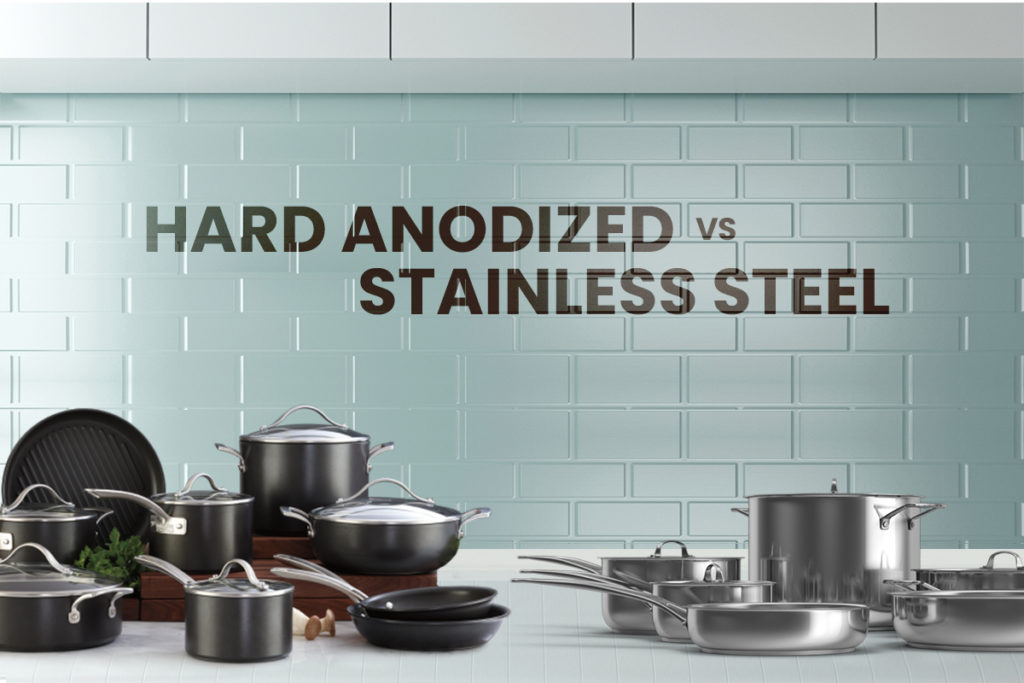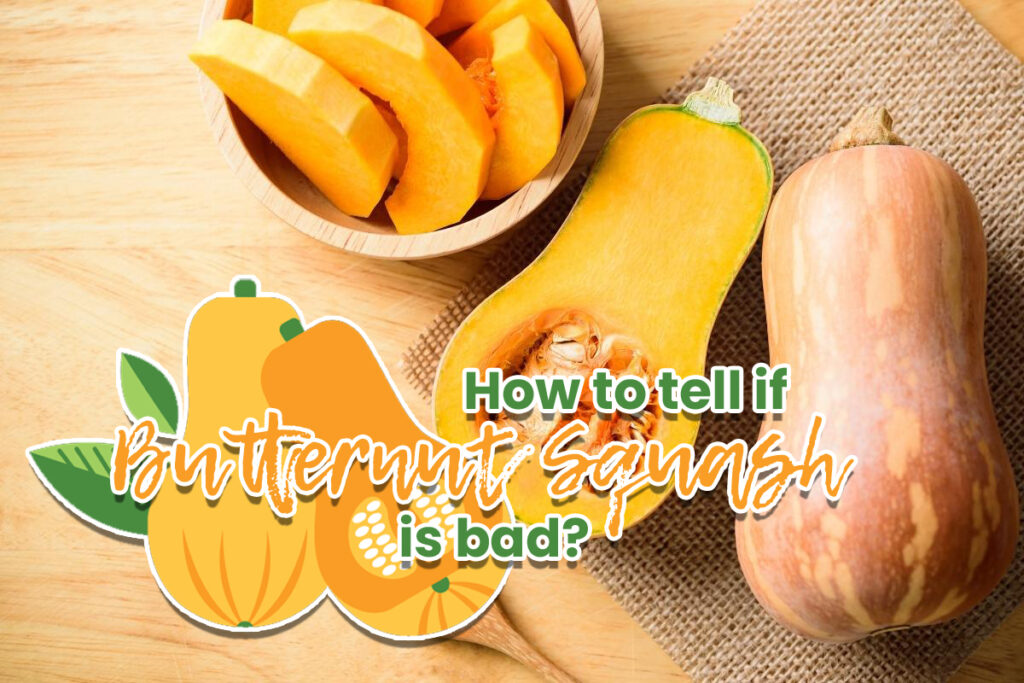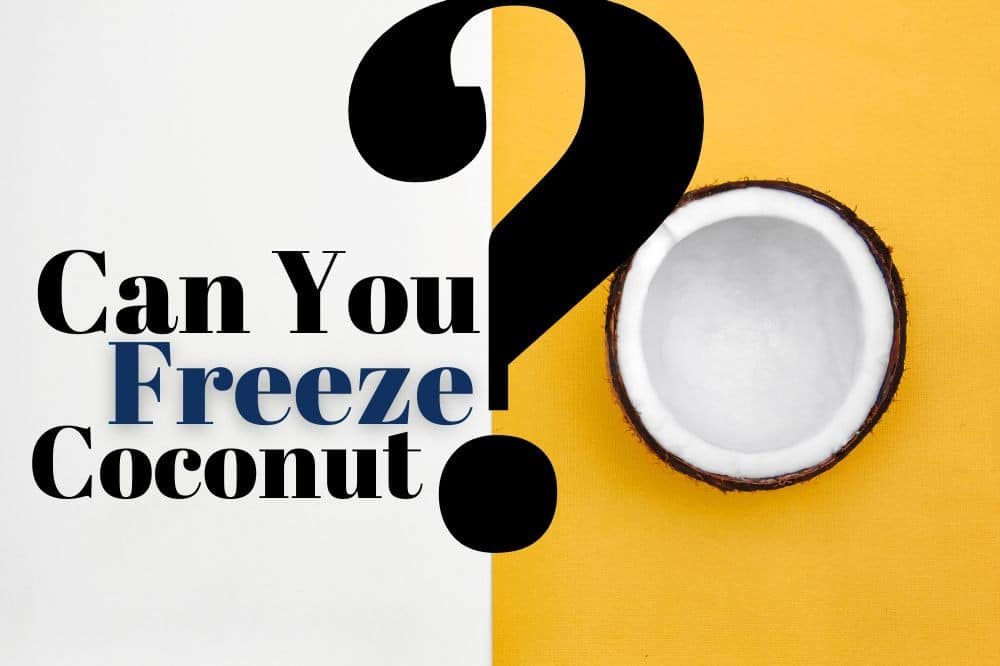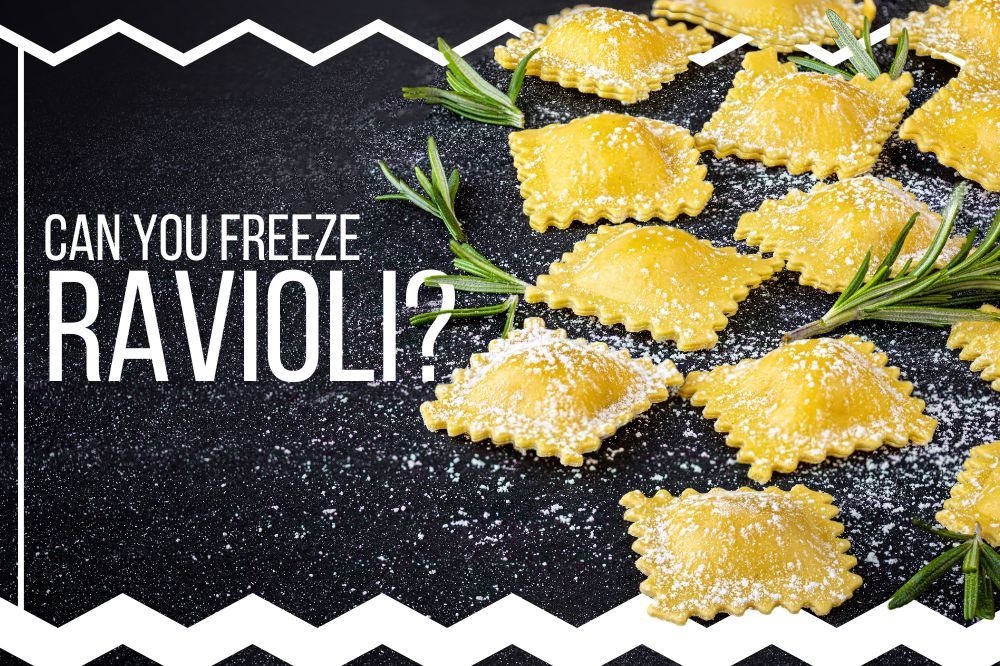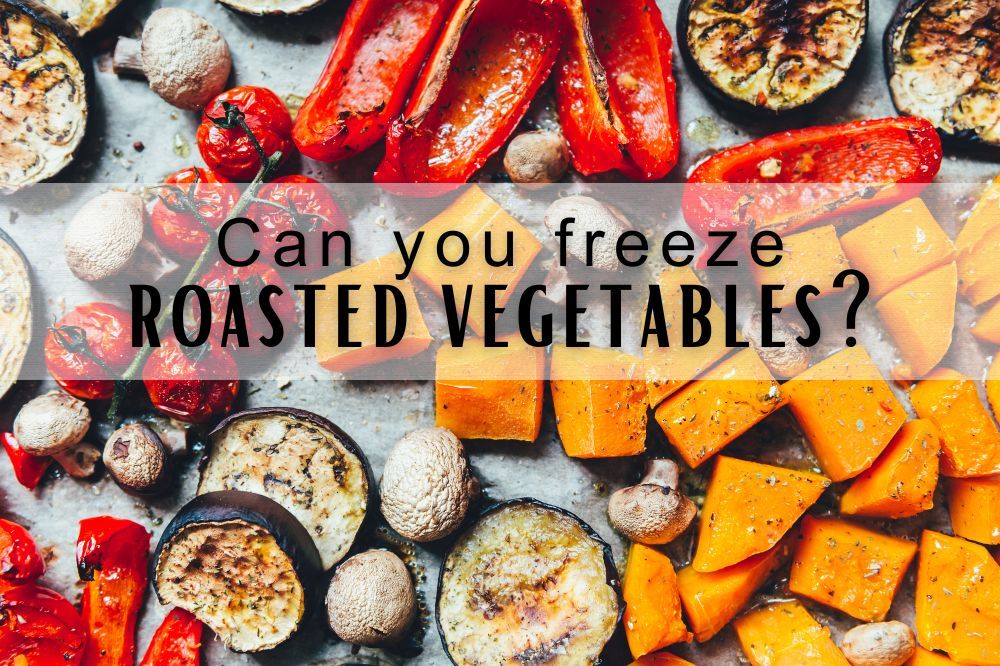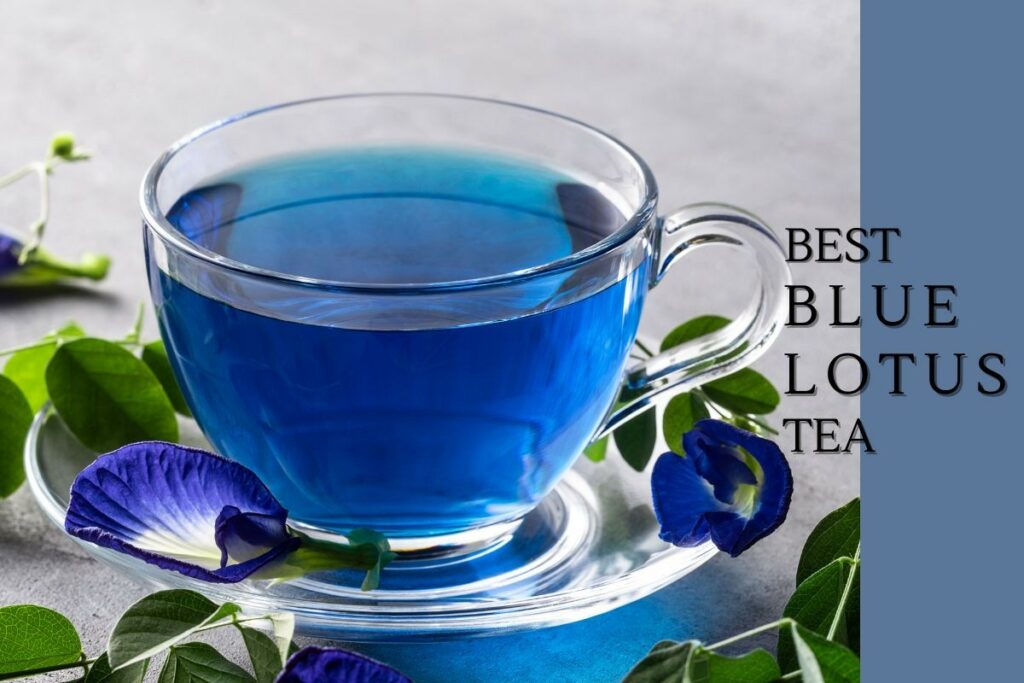Skillet vs Frying Pan: What’s the Difference? (Updated 2024)
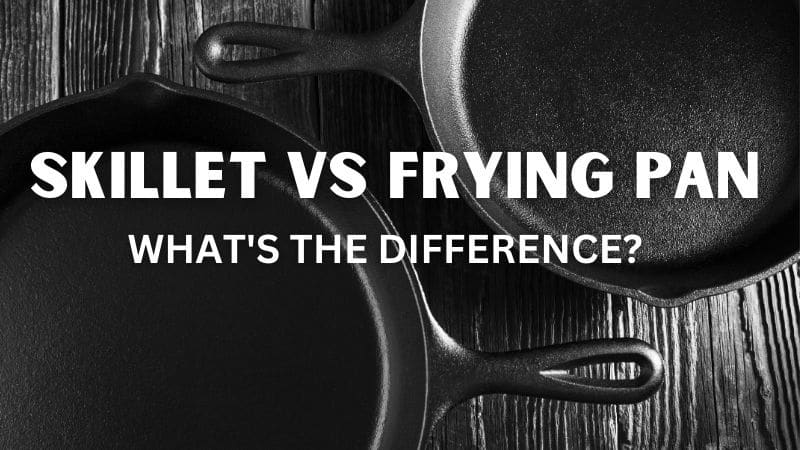
Not certain how to distinguish a skillet vs a frying pan? Read on…
Those with experience in the kitchen may know how each type of cookware differs from the other.
The thing about cookware is that a lot of them look similar, making it challenging to differentiate them.
However, in order to properly operate a kitchen, even a small one, it is important to know how each item functions so you can work more efficiently and effectively.
Two of the most often confused cookware are skillets and frying pans.
Many people mistake one for the other, thus failing to use them to their full potential.
If you are one of these people, then this is your opportunity to learn their differences and some qualities they share.
What is a skillet?
Let’s start with skillets.
These flat-bottomed instruments are known for their efficiency in cooking a wide variety of dishes including stir-fries, sauces, and many more.
They usually come in different materials including copper, ceramic, cast iron, non-stick, aluminum, carbon steel, and many others.
Each of them offers benefits depending on your needs.
For example, those made with copper are especially responsive to temperature changes, so you can easily control the heat as you cook.
Meanwhile, non-stick ones are favored for their efficiency when cooking food that tends to stick to the surface, like pancakes or eggs.
You can get this cookware in different sizes including mini, small, medium, large, and extra-large.
Again, the size of the skillet you should get depends on your needs.
What is a frying pan?
Now, let’s move on to frying pans. These instruments have flat bottoms.
They are designed to be efficient at sautéing, oil and steam frying, and searing.
These pans were built that way because they originated when people used hearths to cook.
When stoves were invented, frying pans became flat-bottomed.
These instruments come in a wide variety of sizes to accommodate varying amounts of food.
They can also be made from several types of materials that are also used in other cookware such as skillets and pots.
Skillet vs Frying Pan: What’s the Difference?
Now that you know what these instruments are, you might be wondering what makes them distinct from one another.
Above, it is clear that they are more or less used similarly.
In fact, many people use the term interchangeably despite referring to specific cookware.
They also have similar sizes, materials, and bottoms, making it all the more confusing.
To help you differentiate them, you should know how they differ in depth, sides, and purpose.
One of the most distinct characteristics of each is depth.
Skillets tend to be deeper than frying pans.
The depth of each instrument plays a role in preparing the dishes commonly associated with each.
Another important difference is their sides.
Skillets have straight sides while frying pans have slanted or sloping sides.
As with the depth, this is important for efficient cooking.
You might be wondering how different these two are when it comes to cooking.
Skillets are designed for braising and cooking dishes with thick sauces, so they are deeper.
To effectively cook such dishes, it is important to prevent steam from escaping, which is why they have straight sides.
Plus, they come with a lid to better cook such dishes.
On the other hand, frying pans are usually used for dishes that require high heat such as grilling and shallow frying.
These cooking methods are known for removing moisture from ingredients, which is why frying pans are much more efficient for this purpose.
Their low depth and slanted sides allow the steam to escape while cooking the dish more optimally.
They also do not come with lids.
Dishes You Can Cook in Skillets or Frying Pans
For skillets, you can experiment with different saucy recipes such as curries, pasta, and noodles.
These tend to overflow with ingredients but are not suitable to be cooked in pots, so your best bet is to use a skillet.
You can also try cooking skillet pies such as shepherd’s pies and chicken pot pies.
You can also cook anything that involves stir-frying.
For frying pans, you can easily pull off anything that needs frying, searing, and grilling.
This includes frittatas, omelets, and mixed rice.
This is a very handy instrument, especially as a whole lot of dishes involve frying and sauteing.
The Bottom Line
Skillets and frying pans may be confusing, but with these distinct features, you can easily tell which is which and use them for their specific purposes.
By doing so, you can easily navigate your kitchen, plus optimally create a dish that tastes and looks great.
Hope you enjoyed our explanation of the differences between a skillet and a frying pan. Cheers!
PrintSkillet vs Frying Pan
Not certain how to distinguish a skillet vs frying pan? Read on…
Ingredients
- Skillet
- Frying pan
Instructions
Skillets and frying pans are used similarly, many people use the term interchangeably despite referring to specific cookware. They also have similar sizes, materials, and bottoms, making it all the more confusing.
- One of the most distinct characteristics of each is depth. Skillets tend to be deeper than frying pans. The depth of each instrument plays a role in preparing the dishes commonly associated with each.
- Another important difference is their sides. Skillets have straight sides while frying pans have slanted or sloping sides.
- Skillets are designed for braising and cooking dishes with thick sauces, so they are deeper. To effectively cook such dishes, it is important to prevent steam from escaping, which is why they have straight sides.
- On the other hand, frying pans are usually used for dishes that require high heat such as grilling and shallow frying. These cooking methods are known for removing moisture from ingredients, which is why frying pans are much more efficient for this purpose.
you may also like
well hello there!

Hi, I'm Linda thanks for stopping by! We're so happy you're here. If you're a foodie and love to cook from home - you're in the right place..
LEARN MORE
free newsletter
Join the mailing list and receive our free newsletter!
recent posts
let's be social
search site
Recipe Marker
Recipe Marker provides you with the best information about home cooking tips, recipes, ingredient substitutes and more. Check out our blog to see the latest articles.
Copyright © 2024 Recipemarker.com | All Rights Reserved | Privacy | Disclaimer | Contact
